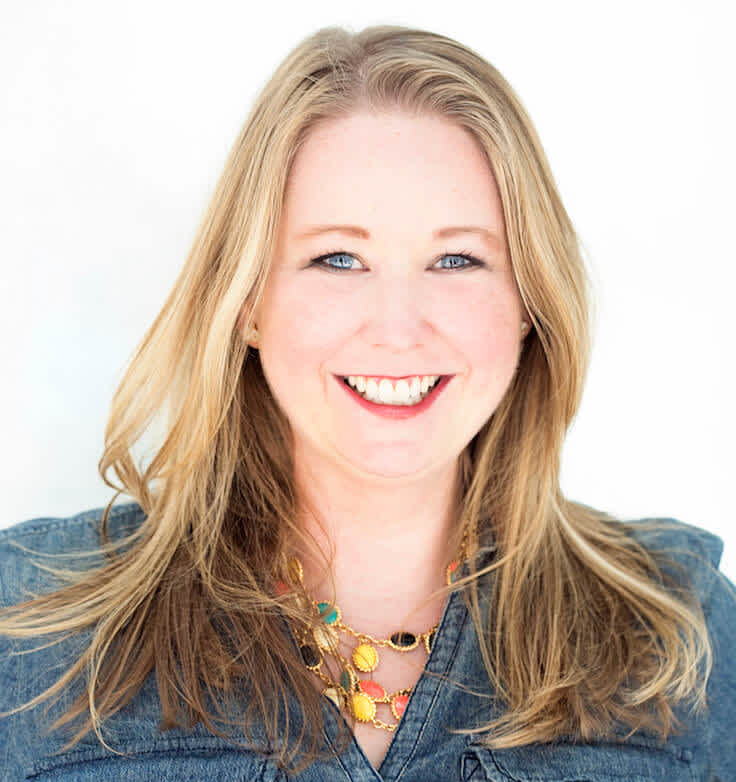
When it comes to thinking about lifelong financial planning, it can make even the most organized among us want to stick our fingers in our ears and sing, “I can’t hear you.”
In fact, according to a 2017 GoBanking Rates survey, 61 percent of millennials ages 25 to 34 have less than $1,000 in their savings accounts and 41 percent have nothing at all.
It’s a bleak picture, but thankfully, the systems you need to change those stats aren’t hard at all to master, if you take advantage of the one thing going for you: time.
“Einstein called compound interest the most powerful force in the world,” says Graham Summers, president and chief market strategist of Phoenix Capital Research, an independent investment research firm located in Washington, DC. “Every year your capital is invested is another year of compounding.”
Make your money work for you by taking advantage of the smart moves outlined below. Want to know about more than savings goals, specifically? We also have you covered with tips on how to stay on track financially at every age.
By the time you’re 30
Overall focus: Learn how to pay down debt, stick to a budget and save consistently.
Think of the first decade of your adult life as the foundation. This is the time to focus on building strong habits, like learning to stick to a budget, start paying down debt (like student loans or credit cards) and start funding your retirement account.
Retirement Savings goal: 2x your salary
How to do it: It can be hard, but try to keep your living expenses as low as possible.
Share an apartment with a partner or roommates, or live at home to pay off debt. If you plan to quit your job and travel, try to do it now while expenses are low and you have fewer commitments, such as a mortgage or kids.
If you have access to a 401(k), you should be maxing it out every single year as soon as you enter the workforce, says Summers. “At the very least you should be socking away any amount that your employer is willing to match. But I strongly urge clients to max out their 401(k).”
If you don’t have access to a 401(k), explore other tax advantaged savings options such as a Roth IRA or a Traditional IRA.
“The goal here is to put your money to work for you as soon as possible so that you can capitalize on the power of compounding interest as long as possible during your career,” says Graham.
He goes on to explain, “Stocks typically return seven percent a year. The person who begins putting money into a 401(k) at 25 will have a huge advantage over the person who waits until he or she is 35.”
In fact, it’s a difference of $1.87M vs. $919K if you save $10,000 a year and see a modest 6.5% rate of return.
By the time you're 40
Overall Focus: Master the big purchase and take on some “good” debt.
This is your time to build on your foundation. By now, thanks to your budgeting efforts, you should hopefully have six months' worth of expenses sitting in a savings account in cash.
This is your emergency fund if something happens (job loss, medical emergency, purchase of a new car, etc.). It will also set you up to take on a big purchase that can build in value, such as a home.
Retirement Savings Goal: 4x your salary
How to do it: First, make sure you’re at a job that is compensating you for your full earning potential and that you are fully funding your 401(k).
“By this point you should have been maxing out your 401(k) for 10 to 15 years. If you have not already started, start now!” says Summers.
“If you haven’t, immediately start saving at least 10 percent of your income. Cut your discretionary expenses, such as eating at restaurants, buying new gadgets you don't need, etc.”
Next, it’s time to use your savings skills to save up for a down payment and buy a home. “Owning a property as opposed to renting is highly preferable. You typically get both a tax benefit from tax-deductible interest payments on your mortgage, and capital appreciation,” explains Summers.
Finally, these are the years you might be planning for and having children, and may need to take some time off for childcare. Think through your budget and work out a plan to make up for those missing years.
Many women (and now, more men as well) may decide to stay at home with their kids while they’re young, but fail to contribute to their retirement accounts as a result. This may, in part, account for the median retirement savings balance of just $34,000.
Make a plan for each of you to contribute to your nest eggs during these crucial building years, or later you may be working long past retirement age.
By the time you’re 50
Overall Focus: Learning how to build wealth and make sure you’re on track for retirement.
If you’ve done the right things, this is the time you should start seeing the fruits of your efforts. If you can, consider looking into other income-generating investments that can keep earning for you, should you not be able to work.
Retirement Savings Goal: 6X your salary
Summers says that even if you still have some years to go on your mortgage, it’s a smart idea to pay it off early. “If you have extra money laying around, use it to pay off your mortgage as soon as possible, so you can save money on the interest, and have equity should you lose your job,” explains Summers.
If you've already paid off your mortgage, consider investing in an income property or a business franchise. “Look for a passive income stream you can manage without having to work 40 hours a week.”
Finally, says Summers, don’t neglect your savings, even if you’re also trying to save for kids’ college funds. “I would have at least 12 to 24 months worth of living expenses in cash,” says Graham. “At this point if you lose a job it will be harder to find a new one. So you want to have a larger cushion for the unexpected.”
If you haven’t been saving enough, like many older Americans, you may want to supplement your income with a side-gig, like driving for Lyft or Uber, so you’re on track for the suggested 10x your income at retirement age.
“It’s all about being creative and making adjustments where necessary,” says Summers. Do so regularly, and even if you’ve made one or two mistakes here and there, you’re sure to be singing “All About the Benjamins” instead.
Fabric exists to help young families master their money. Our articles abide by strict editorial standards.
Information provided is general and educational in nature, is not financial advice, and all products or services discussed may not be offered by Fabric by Gerber Life (“the Company”). The information is not intended to be, and should not be construed as, legal or tax advice. The Company does not provide legal or tax advice. Consult an attorney or tax advisor regarding your specific legal or tax situation. Laws of a specific state or laws relevant to a particular situation may affect the applicability, accuracy, or completeness of this information. Federal and state laws and regulations are complex and are subject to change. The Company makes no warranties with regard to the information or results obtained by its use. The Company disclaims any liability arising out of your use of, or reliance on, the information. The views and opinions of third-party content providers are solely those of the author and not Fabric by Gerber Life.

Written by
Meghann Foye
Related Posts
Saving/Investing for Kids
The New Parent's Financial Checklist: Life Insurance and More
When you have a baby, there’s a lot to consider. Now's the time to focus on your financial priorities. Here's where to get started.
By Allison Kade
Saving/Investing for Kids
What Is an Investment Time Horizon?
An investment time horizon is the amount of time you’ll hold an investment. Your investment time horizon is essential in determining how much risk it makes sense for you to take in investing.
By Jessica Sillers
Saving/Investing for Kids
Financial Tips for Back-to-School Season
Back-to-school savings tips, holiday prep and other planning can help you save money and set yourself up for a successful school year.
By Jessica Sillers
Fabric Picks
Saving/Investing for Kids
How to Do 30 Days of Financial Self-Care as a Parent
Self-care comes in many forms, including how you handle your money. See how small steps may add up to help improve your financial well-being.
By Jessica Sillers
Life insurance
What to Do at the End of Your Life Insurance Term
Term life insurance, by definition, ends. Check that you’re ready for a smooth transition out of your policy, or take steps to continue the best coverage fit for you.
By Jessica Sillers
Saving/Investing for Kids
Investing Strategies for Beginners
Investing can be a sound strategy to help grow your finances over time. Start by identifying which strategy and account type works best for you.